5 Common E-commerce Revenue Models & 6 Strategies to Earn More
28 Nov 24 

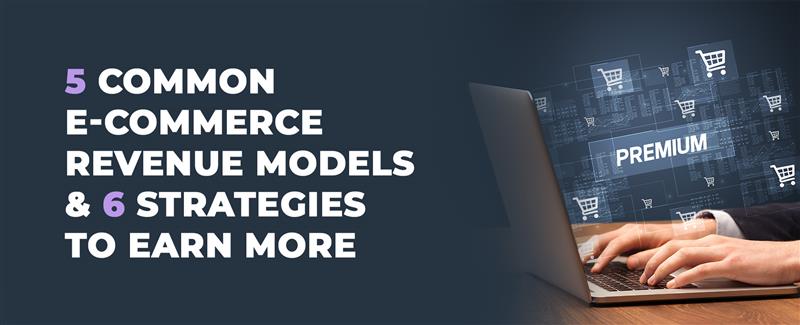
The e-commerce industry is booming, with global revenue reaching an impressive $5.7 trillion in 2022, according to Statista. This remarkable figure highlights the incredible growth potential this sector holds for the future.
Understanding e-commerce revenue is crucial for any online business. Simply put, it’s the total money a company makes through its online sales and customer transactions. Businesses can generate income through various approaches, including advertising, subscriptions, transaction fees, affiliate partnerships, and freemium offerings.
In this blog post, we’ll explore the sales revenue model in e-commerce – the straightforward approach of making money by selling products or services directly to customers. We’ll also look at how e-commerce revenue is officially recognized and reported in financial documents.
Understanding E-commerce Revenue
When we talk about e-commerce revenue, we’re referring to all the money generated through online sales in an e-commerce business. This includes every dollar earned when customers purchase products or services through your website or online platform.
E-commerce revenue stands as a primary business objective.
For online businesses, keeping track of e-commerce metrics is essential. It helps you understand if your marketing efforts are working, how well your products are performing, what your customers prefer, and what business decisions you should make. By staying on top of these numbers and working to improve them, businesses can boost their profits and grow their online operations.
Also read 10 Steps Guide To Build Your Online Store In 2024
5 Ways to Generate Revenue in E-commerce
In today’s fast-paced online marketplace, businesses are always looking for smart ways to make money and grow sustainably. The key is choosing the right revenue model that fits your business goals.
Online Advertising
Online advertising involves businesses paying to display their ads on websites, search engines, and social media. Advertisers can choose who sees their ads based on factors like age, interests, or specific search terms.
Reach your target audience through online ads
Take Google Ads, for example – it’s a popular platform where businesses bid on keywords related to what they’re selling. When people search for these keywords on Google, the businesses’ ads appear. Google makes money by charging businesses each time someone clicks on their ads.
Benefits
- Broad reach: Online advertising helps you connect with a huge audience worldwide, breaking down geographical barriers.
- Budget-friendly: Whether you’re a small startup or a large corporation, online advertising lets you control your spending. You only pay when people interact with your ads, like clicking them or taking specific actions.
Measurable Results
One of the biggest advantages of online advertising is that you can track exactly how well your ads are performing. Businesses can see important numbers like how many people saw their ads, clicked on them, made purchases, or engaged in other ways. This valuable data helps companies understand what’s working and make smart changes to their advertising plans based on real-time information.
Common Challenges in Online Advertising
- Ad Blockers: Many internet users now use software to block ads from appearing on their screens. This creates a significant hurdle for advertisers since their messages might not reach potential customers, reducing the effectiveness of their advertising campaigns.
- Crowded Marketplace: The online advertising space is packed with businesses all trying to get noticed. To succeed, companies need to create engaging ads, carefully choose their target audience, and develop smart strategies to stand out from their competitors.
- Advertisement Overload: People see so many online ads every day that they might start ignoring them altogether. This “ad fatigue” can lead to fewer people engaging with ads and less return on advertising spending, pushing businesses to constantly come up with fresh, interesting ways to capture attention.
- Fraudulent Activities: Unfortunately, online advertising can be targeted by scams, like fake clicks that drain advertising budgets without any real customer interest. Companies need to use strong security measures and work with trustworthy advertising platforms to protect their investments.
Understanding Transaction Fees
Transaction fees are a popular way for e-commerce platforms to make money. When someone buys something on the platform – whether it’s a product or service – the platform takes a small cut of the sale. This fee might be a percentage of the total sale or a fixed amount.
For instance, Etsy, which specializes in handmade and vintage items, charges its sellers both a listing fee for each item they put up for sale and a percentage of the final sale price. This is how Etsy generates income from its marketplace.
Benefits of Transaction Fees
- Steady Income: Transaction fees provide a reliable source of money for e-commerce platforms, helping them stay financially healthy and grow their business.
- Growth Potential: As more people use the platform and make purchases, the income from transaction fees naturally increases, allowing platforms to expand their services.
- Risk Sharing: With transaction fees, platforms help businesses handle things like inventory and shipping. This lets businesses focus on what they do best while sharing some of the risks with the platform.
Drawbacks of Transaction Fees
- Dependence on Sales: E-commerce platforms that mainly rely on transaction fees might struggle when sales are slow, which can affect their financial stability.
- Customer Reactions: Some shoppers don’t like paying extra fees and might choose platforms with lower or no fees instead. Platforms need to find the right balance between charging fees and offering value to their users.
Being transparent about fees is super important in e-commerce. When platforms clearly explain their transaction fees to customers upfront, it helps build trust and prevents misunderstandings later. Nobody likes surprise charges, so being honest about costs from the start keeps customers happy and coming back.
Finding the sweet spot for fees can be tricky. Platforms need to charge enough to make a profit but not so much that they drive customers away. This means carefully studying what competitors charge and understanding their own costs to set fees that make sense for everyone.
You may also read Impact of E-commerce on Business: Opportunities & Challenges
Selling Products and Information Online
These days, many businesses sell their products or valuable information directly through their own websites. This gives them complete control over everything from managing their inventory to handling customer service and fulfilling orders.
Take Amazon, for example. They’ve become the world’s biggest online store by selling tons of products directly to shoppers. Their super-efficient delivery system and helpful customer service team have made them the go-to place for online shopping.
The Good Products
- Control Over Profits: When businesses sell directly, they get to decide their own prices and profit margins, making it easier to manage money.
- Better Customer Connections: Direct selling helps businesses build stronger relationships with customers, making them more likely to become loyal fans.
- Multiple Income Streams: Offering different products or information helps businesses avoid putting all their eggs in one basket and lets them reach more types of customers.
- Selling More to Each Customer: Direct sales make it easier to suggest related products or upgrades to customers, helping increase sales.
The Tricky Parts
- Keeping Track of Stock: Managing inventory can be a headache, especially for physical products. Businesses need to make sure they have enough items without ordering too much.
- Getting Products to Customers: Making sure orders arrive on time and keeping customers happy requires smooth delivery operations.
- Finding New Customers: Getting people to buy directly can cost a lot in marketing. Businesses need to spend money wisely to attract new customers.
- Setting the Right Prices: With so many online stores competing for customers, businesses need to price their products carefully to stay competitive while still making money.
Making Money Through Memberships
The membership model is all about charging regular fees for access to products or services. It’s like joining a club where you pay monthly or yearly to get special benefits.
This approach is all about building lasting relationships with customers.
It’s a win-win situation: customers get ongoing value and convenience, while businesses get steady income and loyal customers.
Membership models work great for businesses that offer continuous access to things like videos, music, books, or member-only websites. They’re also perfect for services like fitness programs, wellness coaching, or educational courses.
Let’s look at some big names that rock the membership model – Netflix for streaming shows, Spotify for music, Amazon Prime for shopping perks, Massage LuXe International for wellness services, and Paddle for software solutions.
Advantages
- Steady Money Coming In: The membership model is like having a reliable paycheck. When customers pay regular fees, businesses can better predict their income and plan for the future. It’s much easier to manage finances when you know what’s coming in each month.
- Customers Stick Around: Members often become loyal fans of a business. When people sign up, they’re more likely to keep using the services and renew their memberships. Happy members also tend to tell their friends, which brings in more customers through word-of-mouth.
- Better Customer Connections: With memberships, businesses can really get to know their customers. By offering special perks, personalized experiences, and exclusive benefits, companies make members feel special and valued. This personal touch keeps customers engaged and satisfied.
- Chances to Sell More: Membership models make it easy to suggest upgrades or additional services to customers. When members already trust your business, they’re more open to trying new products or premium features you offer.
Disadvantages
- Expensive to Get Started: Finding new members isn’t cheap. Businesses need to spend money on marketing and special offers to attract people. These costs can eat into profits, especially when first starting out.
- Keeping Members Happy: It’s challenging to keep members from leaving. If they don’t feel they’re getting their money’s worth, they might cancel their membership. Businesses need to constantly provide value and listen to what members want.
- Not Everyone’s Interested: Depending on what you’re offering, there might be a limited number of people willing to pay for a membership. Some services only appeal to specific groups or types of customers.
- Lots of Competition: As more businesses jump on the membership bandwagon, it gets harder to stand out. Other companies might offer similar memberships, which can lead to price wars or make your offering seem less special.
Affiliate Revenue Model
Think of affiliate marketing as being a matchmaker in the business world. Affiliates connect their website visitors with products or services from other companies. When those visitors make a purchase, the affiliate gets a commission – pretty similar to how traditional advertising works in newspapers or TV.
Affiliates can earn money in different ways: when someone clicks a link (pay-per-click), sees an ad (pay-per-impression), fills out a form (pay-per-lead), or makes a purchase (pay-per-sale).
Advantages
Let’s explore more advantages and disadvantages of the affiliate revenue model, and then dive into some practical e-commerce strategies.
Starting an affiliate business is budget-friendly and low-risk. You don’t need to create products or handle customer service – that’s all on the seller’s plate. Your main costs are marketing and promotion, which can be quite affordable or even free with the right approach.
What’s great about being an affiliate is the flexibility it offers. You can pick products that match your interests and expertise. Plus, you’re not limited to just one product – you can promote various items from different sellers to create multiple income streams. You can also adjust your marketing strategy based on what your audience responds to best.
The potential for growth is another big plus. Thanks to the internet, you can reach people worldwide without significantly increasing your costs. You can boost your earnings by promoting high-commission products and improving your conversion rates.
Disadvantages
However, there are some downsides to consider. As an affiliate, you don’t have control over the products you’re promoting. You have to trust that sellers will maintain quality and deliver as promised. You’ll also need to follow their rules and guidelines, which might not always match your preferences.
Competition can be fierce in the affiliate world. Many affiliates might be promoting the same products, so you’ll need to find creative ways to stand out and build a loyal following. There’s also the risk of market saturation – when products become too common or outdated, they lose their appeal.
6 strategies to enhance your E-commerce revenue
Optimize your e-commerce store for mobile users
Today’s shoppers love using their phones to buy online. Making your store mobile-friendly isn’t just nice to have – it’s essential.
Your online store needs to work smoothly on smartphones and tablets. When customers have a great mobile shopping experience, they’re more likely to buy and come back for more.
Recent data shows just how important mobile shopping has become. According to Statista, about 80% of Americans have bought something using their smartphones in the past six months. In 2019, U.S. mobile retail sales hit an impressive 343 billion dollars.
Give emphasis on the best products
Smart businesses know to put their star products in the spotlight. These might be your bestsellers or items with the best profit margins.
Make these products easy to find on your website. Share what makes them special, offer attractive deals, and display customer reviews to help convince shoppers. When you focus on your winning products, you’re more likely to boost your sales and revenue.
According to recent research, online shoppers worldwide are most drawn to fashion and beauty items, electronics, hobby supplies, home furnishings, and personal care products.
Put your customers first
Success in online selling starts with understanding your customers. Think about what they want, what problems they’re trying to solve, and how you can make their shopping experience better.
When you really get to know your customers, you can build your website and choose products that match what they’re looking for. This approach usually leads to happier customers who come back for more and tell their friends about your store.
It’s interesting to note that China leads the global e-commerce market, with sales reaching $1.5 trillion in 2019. The United States followed behind at $86 billion, showing just how big online shopping has become.
Give lots of payment choices
Make it easy for customers to pay however they prefer. Whether it’s credit cards, digital wallets, or other payment methods, giving options helps turn browsers into buyers.
When customers can pay their way, they’re more likely to complete their purchase and feel good about their experience.
Offer free shipping
Free shipping can be the push customers need to hit that “buy” button.
When customers don’t have to worry about shipping costs, products seem like a better deal. Whether you offer free shipping on everything or set a minimum purchase amount, it’s a great way to encourage bigger orders and keep customers coming back.
Test what works best
A/B testing helps you figure out what your customers prefer by comparing different versions of your website.
Try different layouts, wording, or button designs to see what gets better results. This way, you’re using real data to make your website better, not just guessing what might work.
Read more: 13 E-Commerce Challenges and How To Overcome Them in 2024
Final Thoughts
While making money is important, making a profit is what really counts. To succeed in online selling, you need to understand both how to bring in revenue and how to use smart strategies to grow your business. Remember, building a successful online store takes time and determination. Stay focused on your goals, use proven strategies, and be ready to adapt as the e-commerce world changes. With the right approach, you can build a profitable online business that stands the test of time.
- Agentic AI1
- Android Development3
- Artificial Intelligence31
- Classified App3
- Custom App Development5
- Digital Transformation12
- Doctor Appointment Booking App14
- Dropshipping1
- Ecommerce Apps40
- Education Apps2
- Fintech-Apps37
- Fitness App4
- Flutter4
- Flutter Apps20
- Food Delivery App5
- Grocery App Development1
- Grocery Apps3
- Health Care10
- IoT2
- Loyalty Programs9
- Matrimony Apps1
- Microsoft1
- Mobile App Maintenance2
- Mobile Apps127
- Product Engineering6
- Progressive Web Apps1
- React Native Apps2
- Saas Application2
- Shopify9
- Software Development3
- Taxi Booking Apps7
- Truck Booking App5
- UI UX Design8
- Uncategorized6
- Web App Development1









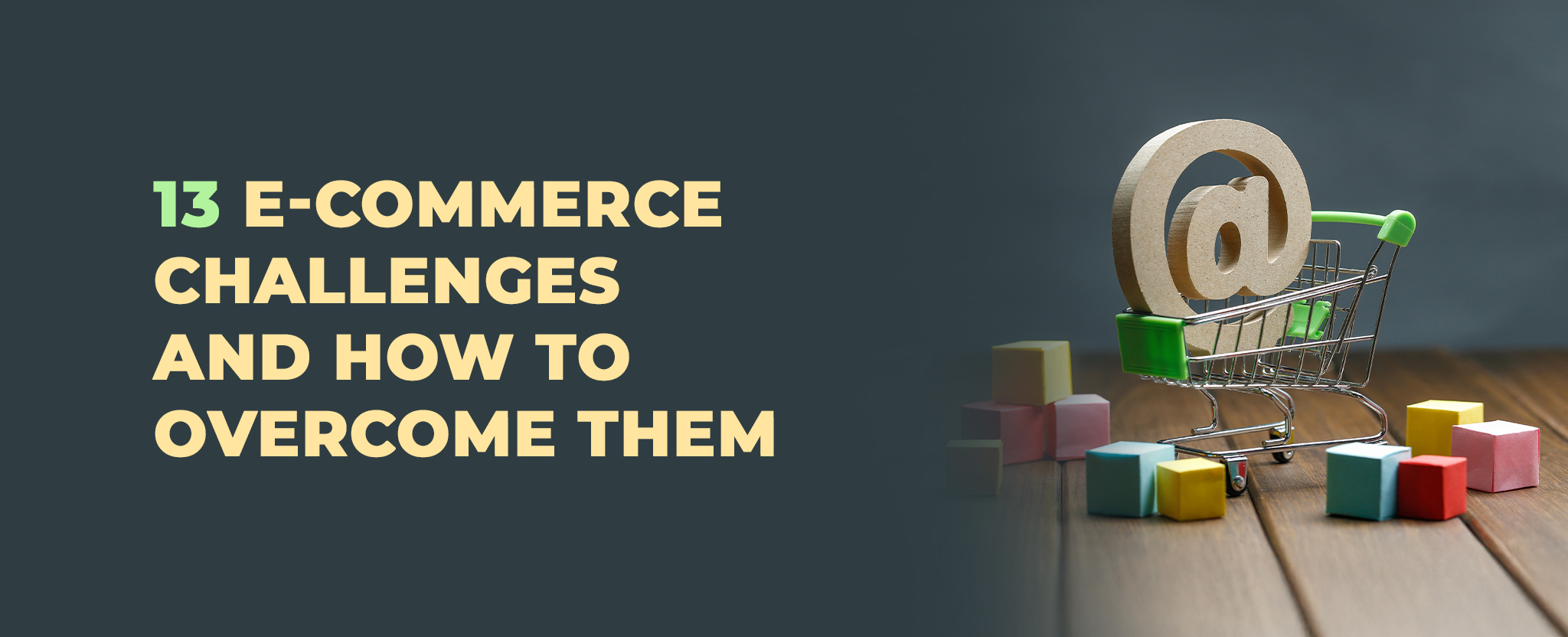
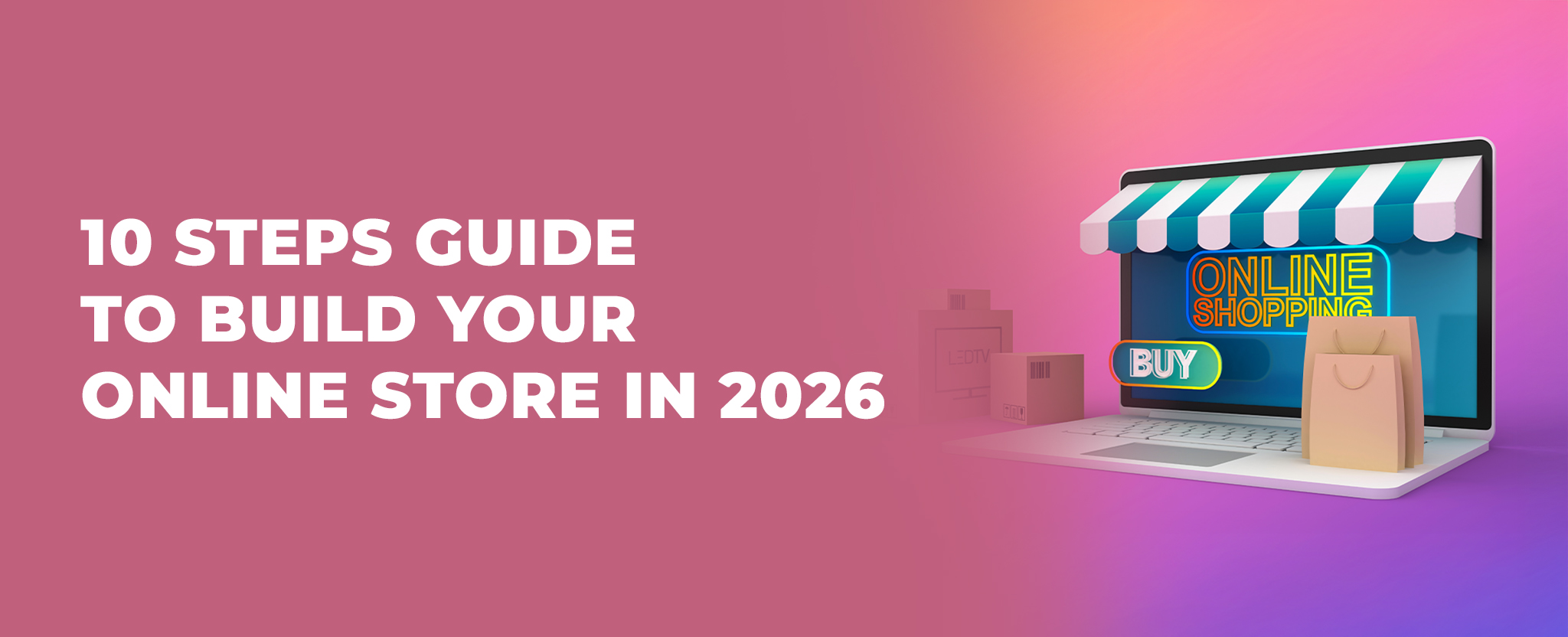
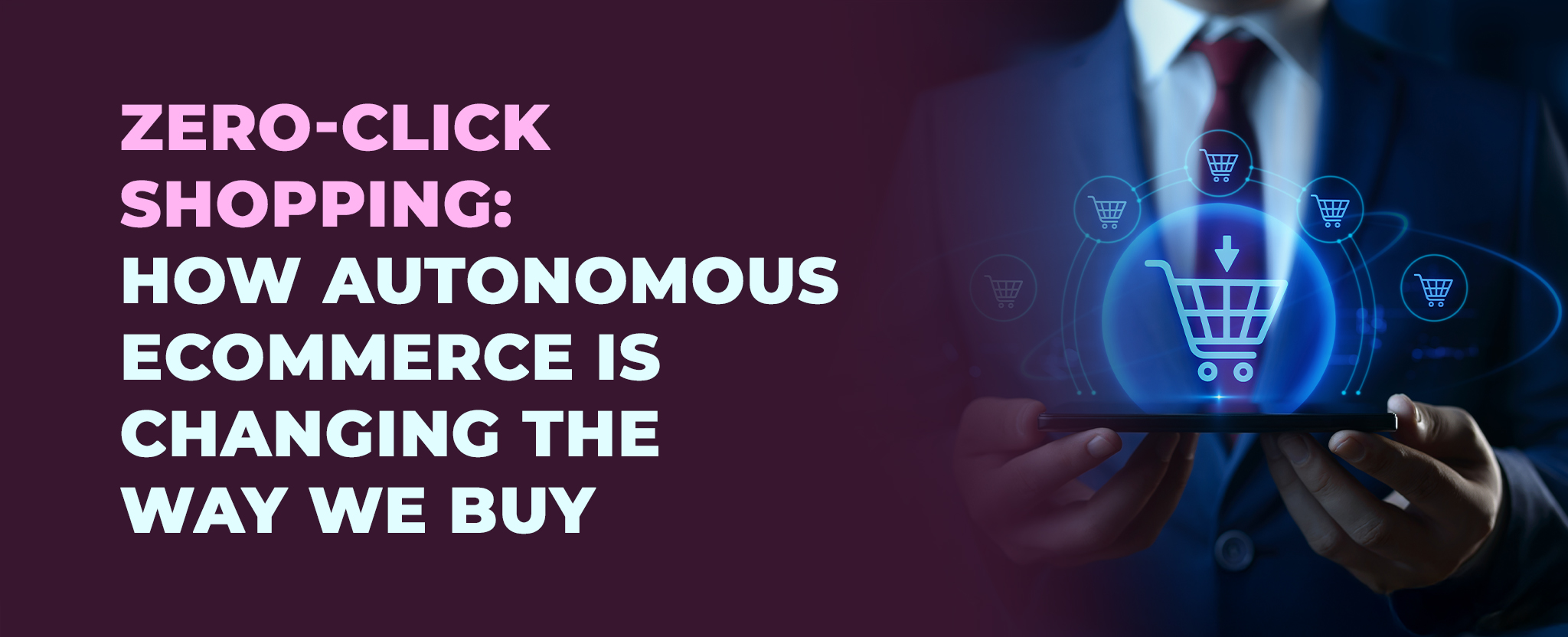
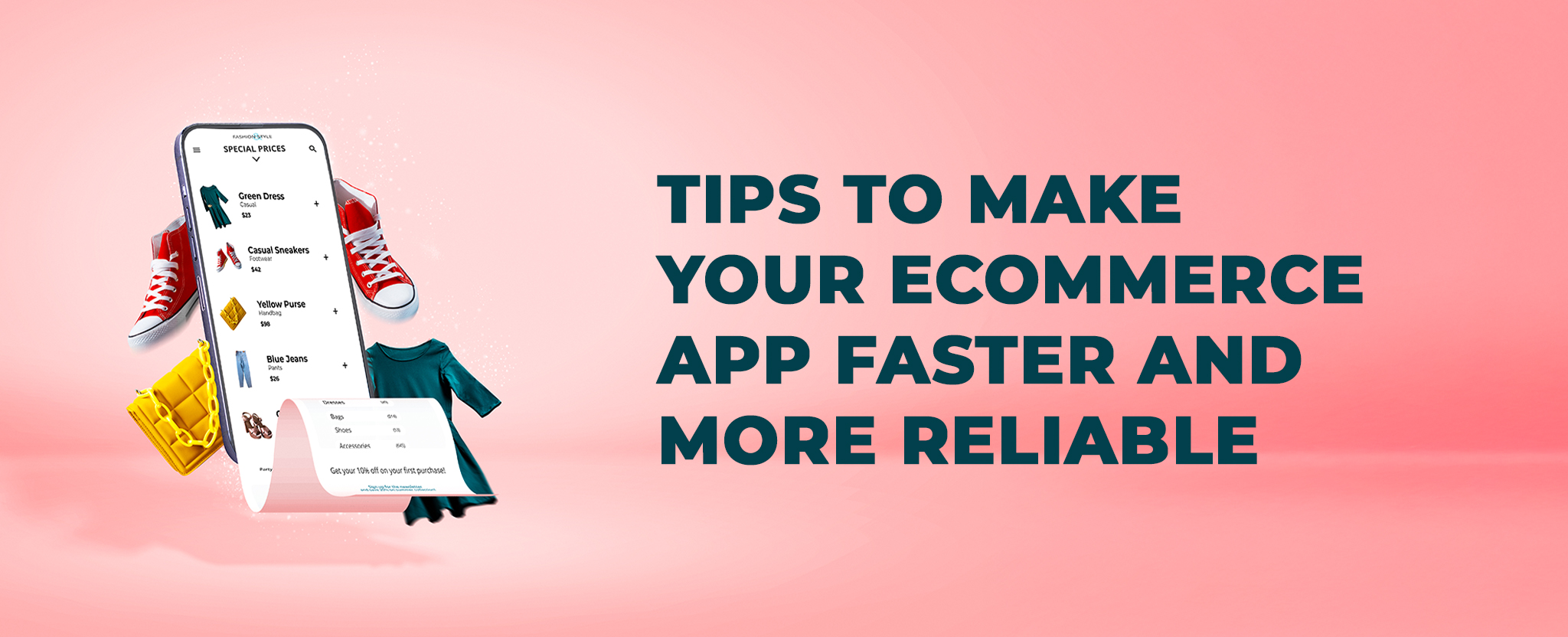






Comments